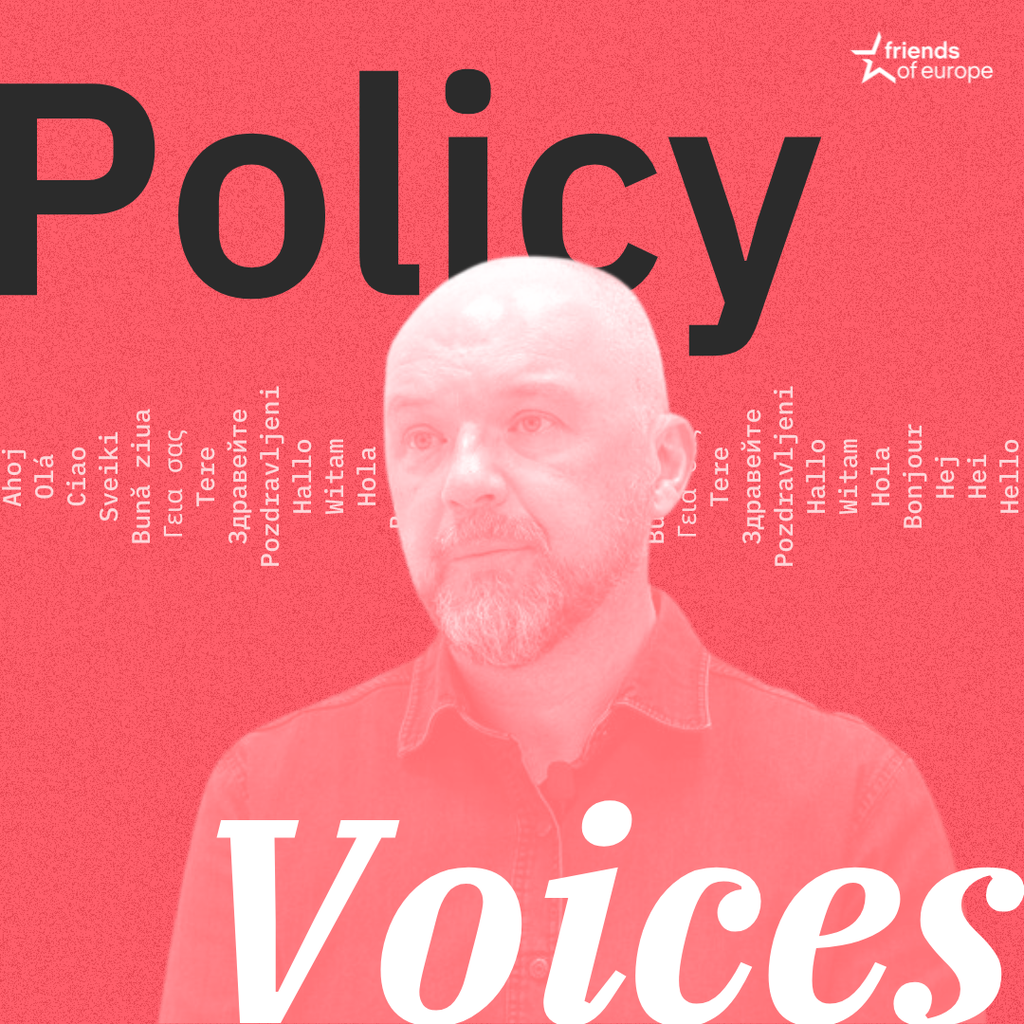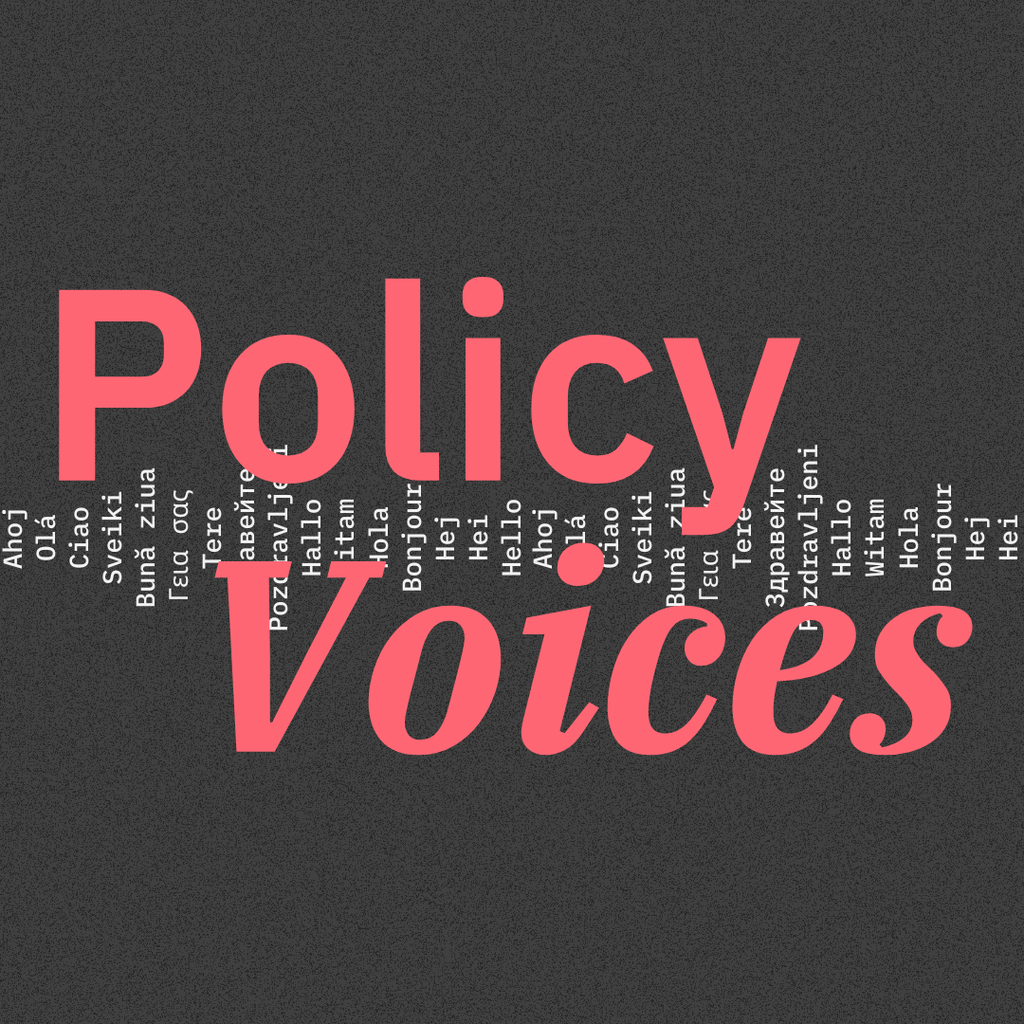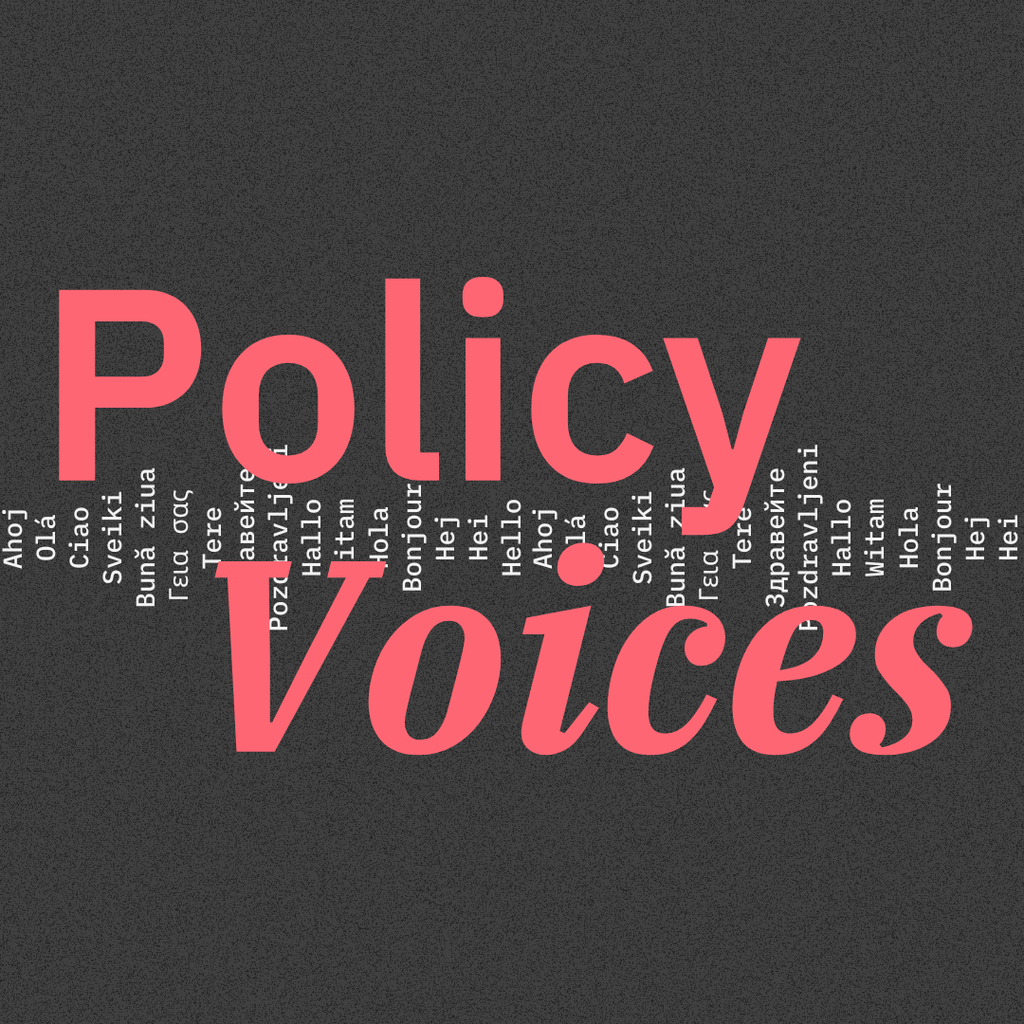Europe-China Forum
Next event In person & livestreamed

- Area of Expertise
- Global Europe

Céline Charveriat is Executive Director of the Institute for European Environmental Policy (IEEP)
Coinciding with the EU-China Summit, US President Donald Trump’s 1 June announcement that America would leave the Paris climate change agreement had one silver lining: it provided a golden opportunity for the European Union and China to claim co-leadership over the climate talks.
For Europe, this represents a 180-degree turn from its humiliating experience at the 2009 Copenhagen conference: Europe was absent from the negotiating table when the United States and the ‘BASIC’ countries (Brazil, South Africa, India and China) agreed the final outcomes. Moreover, before 2015, it was the US-China joint climate statement that was seen as the turning point leading to the Paris agreement.
This was immensely frustrating for the European negotiators. After all, the EU had a much better track record in terms of climate change. The Union complied with its Kyoto commitments, was a major provider of climate finance for developing countries and had much more ambitious goals for Paris. Yet it faced a glass ceiling. The world’s eyes were set on the US and China because of their share of global emissions (around 43% in 2015) and their rivalry, which meant one would not move without the other.
Today, China and the EU have more in common on climate change than ever before. Their new, shared objective is to isolate the US and prevent further departures from the Paris agreement: Russia, Turkey and Saudi Arabia may be tempted to become renegades.
Today, China and the EU have more in common on climate change than ever before
Both China and the EU are well-placed to exert global climate leadership. They are on course to exceed their 2020 Paris commitments. Given their import dependence on fossil fuels, a key element of their domestic energy security strategy is to increase the share of renewables within their energy mixes. Moreover, they seek major economic benefits from becoming leaders on low-carbon and resource efficiency technologies.
Finally, they share a commitment to provide climate finance to developing countries. China made a pledge of US$3.1bn in 2015, while Europe and its member states delivered €14.5bn in 2014. The climate change statement issued at the summit confirms China and EU’s joint ambitions on climate change.
For this bilateral cooperation to be ground-breaking, China and the EU must pass the following three tests:
* Put the world on a credible, long-term decarbonisation pathway in line with science. This means coming to the UN negotiating table with evidence-based, mid-century plans for reaching net-zero emissions domestically and globally by 2020.
* Make global carbon pricing a reality. According to a recent report, we need carbon prices to reach a minimum of $40 per tonne of CO2 by 2020. This is not achievable without a successful reform of EU Emissions Trading Scheme, a convincing kick-off of China’s new carbon trading system as well as joint diplomatic action to link together existing carbon markets.
* Step up cooperation on climate finance, at the very least to fill the gap left by US withdrawal from its climate finance commitments.
Alas, there are some dark clouds in this rosy scenario. The G20 saw rising trade tensions around the steel industry. The US, the EU and China are all scrambling to protect their domestic sector in a context of global over-production, instead of looking for more economically, socially and environmentally sustainable solutions.
The EU and China successfully used the G20 to maintain the US isolation on climate change. In a way, this was the easy part.
According to the scientific community, the window of opportunity to keep climate change under control is rapidly closing. Some say we only have three years left. Given this urgency, protecting the steel industry should be the least of their worries. Instead, the EU and China should step up their bilateral cooperation to support a low-carbon transition in heavy-polluting industries, like the steel sector, which produces five per cent of global greenhouse gas emissions.
The EU and China should also explore how trade policies ‒ whether domestic or through the World Trade Organisation ‒ can effectively support the realisation of the Paris agreement and the UN Sustainable Development Goals.
Bridging the gap between sustainable development commitments and mostly carbon and sustainability-blind trade policies would be a real game-changer.
Next event In person & livestreamed

Past event

Past event Online

Past event IN PERSON & ONLINE





Stay informed
We use cookies and similar technologies to adjust your preferences, analyze traffic and measure the effectiveness of our campaigns. Learn more about our privacy policy.